Is Panama Canal Doomed

The Panama Canal Is Running Dry
For months, a withering drought has created major traffic jams at the Panama Canal. The drought, which may have been exacerbated by climate change, has left the canal’s water levels lower than ever, forcing Panama to let fewer ships through. The restrictions have led to delays, increased shipping costs, and uncertainty over the future of one of the world’s critical trade chokepoints.
“This has fundamentally changed how shipping through the canal works,” said Soren Stokkebaek Andersen, a regional commercial manager at Leth Agencies, a shipping agency.
It has also disrupted the international shipping industry. Roughly 5 percent of the world’s seaborne trade passes through the canal, which is the gateway for 40 percent of U.S. container traffic. As Panama heads into the dry season, when restrictions will be tightened further, shipping companies that have long relied on the canal are bracing for even worse delays and are trying to reroute. This has created a fraught logistical puzzle amid a simultaneous maritime crisis in the world’s other main shipping shortcut: the Suez Canal, which is roiled by war in the Middle East.
As climate extremes become more common, shipping companies, analysts, and governments fear the Panama Canal crisis may not be an aberration but the new reality. Scrambling to deliver their goods on time has led shipping companies to question whether the canal will remain a reliable artery of global trade—and sparked renewed interest in finding alternatives to the can
In an email to Foreign Policy, the Panama Canal Authority said it is implementing additional water-saving measures. It has started to reuse water for different lock chambers and allowed the transit of two ships at a time if vessels are small enough. The canal authority has also tightened draft limits, which regulate how deep vessels can sit in the water; experts have projected that this could force some ships to reduce their loads by up to 40 percent.
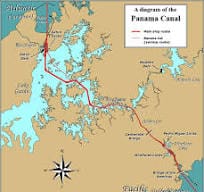
“These are drastic measures,” Schofer said. And they have generated frustration among shipping companies. Shipping companies face three options—all of which are costly: pay to jump the line, wait, or reroute.
For the ships that choose to reroute, the three main alternatives are Egypt’s Suez Canal, Chile’s Strait of Magellan, and South Africa’s Cape of Good Hope. The latter two are reliable but require much longer journeys. The shortest option is the Suez Canal, the man-made waterway connecting the Mediterranean Sea to the Indian Ocean. The Suez can also let more ships in: Up to 100 ships can use it in a day, more than four times the Panama Canal’s current capacity.
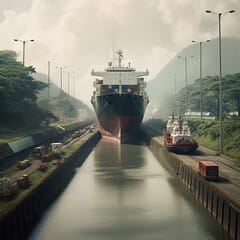
But with war in the Middle East, there are serious concerns about the Suez as well. In the Red Sea, Yemen’s Iran-backed Houthi rebel group has fired drones and missiles in at least 27 attacks on ships since the Israel-Hamas war broke out on Oct. 7. U.S. and U.K. forces, with support from Australia, Bahrain, Canada, and the Netherlands, struck at least 60 targets in 16 locations across Yemen on Thursday, in what U.S. President Joe Biden called a “direct response to unprecedented Houthi attacks against international maritime vessels in the Red Sea.” As the naval crisis has escalated, ships have been rerouting, and four of the world’s five largest container-shipping firms temporarily suspended trips through the Suez.
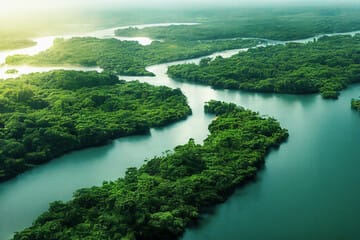
As climate extremes become more common, shipping companies, analysts, and governments fear the Panama Canal crisis may not be an aberration but the new reality. Scrambling to deliver their goods on time has led shipping companies to question whether the canal will remain a reliable artery of global trade—and sparked renewed interest in finding alternatives to the canal.
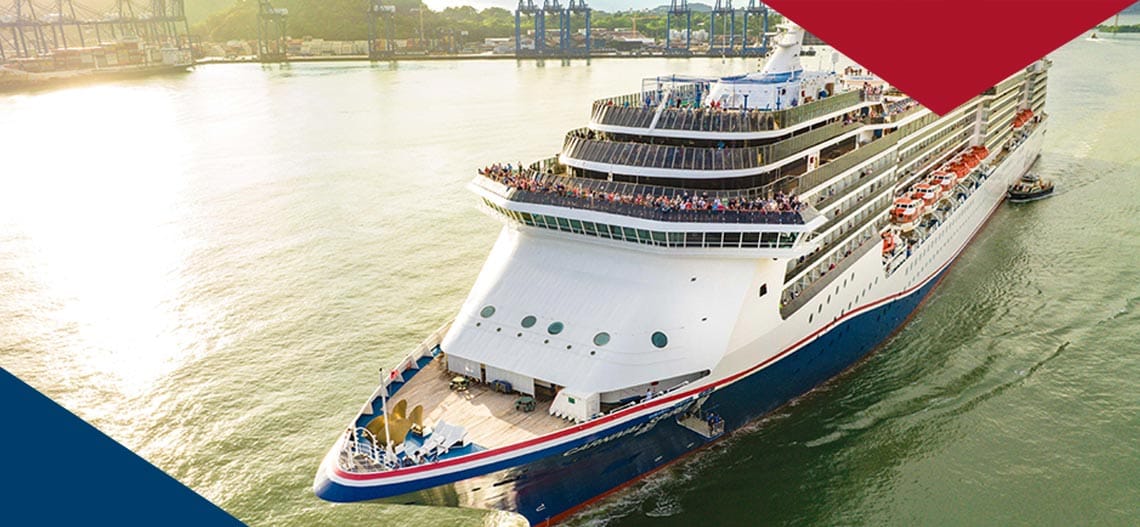
The consequences will be dire for Panama. For one, Panama’s economy relies heavily on the canal. In 2022, it generated $4.32 billion in revenue, equivalent to about 6.6 percent of the country’s GDP. The El Niño-induced drought could cost the canal an estimated $200 million in revenue in its current fiscal year. But the drought also threatens Panama’s water supply. Lake Gatun, which feeds the canal, also supplies half of Panama’s drinking water, and a single ship’s transit requires as much water as half a million Panamanians consume in a day.
Panamanian officials have responded to the drought with tight controls on canal transit. In recent months, the Panama Canal Authority has restricted passage through the canal, from about 36 to 24 ships per day—a limit that will be further reduced to 18 ships in February. Rainfall is essential to the canal’s operations. Each transit requires around 52 million gallons of freshwater to lift and lower ships into and out of the canal. This water comes from artificial lakes that rely on rainfall.
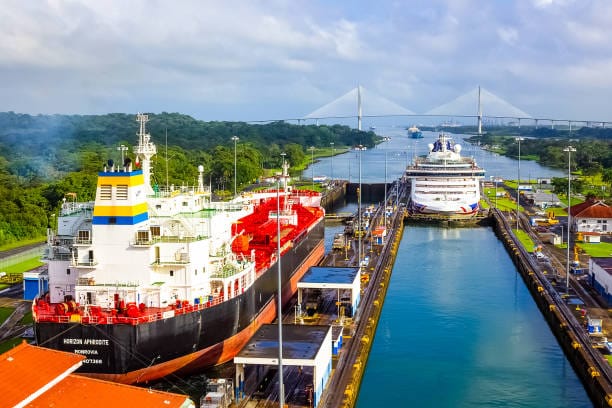
THINGS YOU MAY NOT KNOW:It's a short cut between the Atlantic and Pacific Oceans. ...It's over 100 years old. Construction cost over 25,000 lives. It's considered one of the Man-Made Wonders of the World. Over 1 Million Vessels have transited the canal since it opened.
THINGS YOU MAY WANT TO SAVE: Water...jump into shower for mulitary shower 10 seconds to get wet, turn water off soap up and shower up with 30 seconds or a bit more if your frugal.
ZENTRAVELER SAYS:As much as I respect Jimmy Carter why did we give the Panama Canal to the Panamanians? United States needs the Panama Canal for world military presence.
From here to Infinity is a relatively short ride! The next leg takes eons and eons as you fly through the Barycentric Dynamical Time Zone! …and on and on and on. Follow the Zentraveler Newsletter often for Travel, Health and Zen-like stories and such. Where else can you get a THREE IN ONE NEWSLETTER FOR THE PRICE OF FREE.

ZENTRAVELER IS A PERSONAL NEWSLETTER, DESIGNED TO GIVE TRAVEL, HEALTH, WRITING AND HUMOR INCLUDING HELPFUL HINTS WITH A ZEN LIKE QUALITY.
PLEASE CHECKOUT MY NEW VIDEO PODCASTS AT ZENTRAVELER ON YOUTUBE...THANKS
